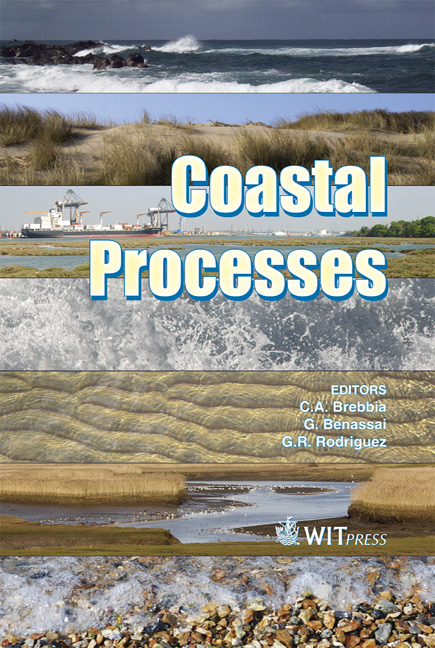Tidal Effect On Chemical Spills In San Diego Bay
Price
Free (open access)
Transaction
Volume
126
Pages
10
Page Range
27 - 36
Published
2009
Size
1,415 kb
Paper DOI
10.2495/CP090031
Copyright
WIT Press
Author(s)
P. C. Chu, K. Kyriakidis, S. D. Haeger & M. Ward
Abstract
A coupled hydrodynamic-chemical spill model is used to investigate chemical spills in San Diego Bay. The hydrodynamic model shows that San Diego Bay is tidally dominated. Two different patterns of chemical spill were found with pollutants (methanol, benzene, liquefied ammonia, etc.) released at 0.5 m depth in the northern bay (32o43’N, 117o13.05’W) and in the southern bay (32o39’N, 117o07.92’W). For the north-bay release, the chemical pollutants spread in the whole basin with a fast speed of spill in the northern part (12 hours) and a slow speed of spill in the southern part (20 days) with very low concentration. For the south-bay release, the chemical pollutants are kept in the southern part. Very few pollutants reach 32o41’N parallel (the boundary between the north and south bays). Keywords: San Diego Bay, water pollution, water quality management, chemical fate model, tidal basin, chemical spill, hydrodynamic model.
Keywords
San Diego Bay, water pollution, water quality management, chemical fate model, tidal basin, chemical spill, hydrodynamic model





